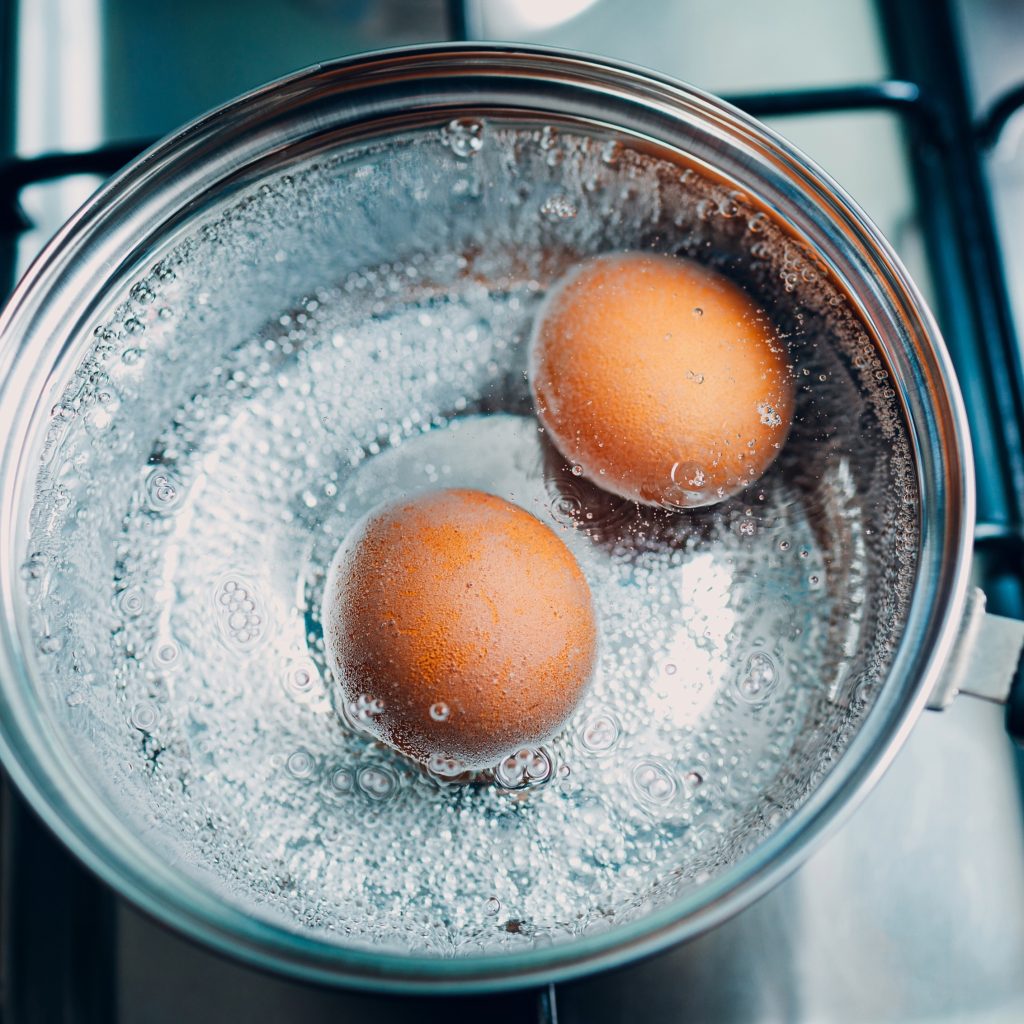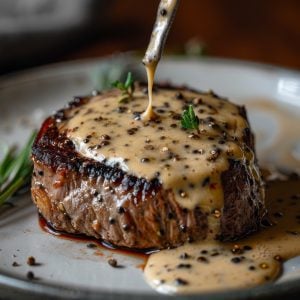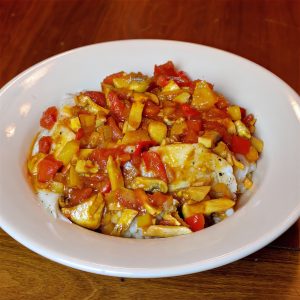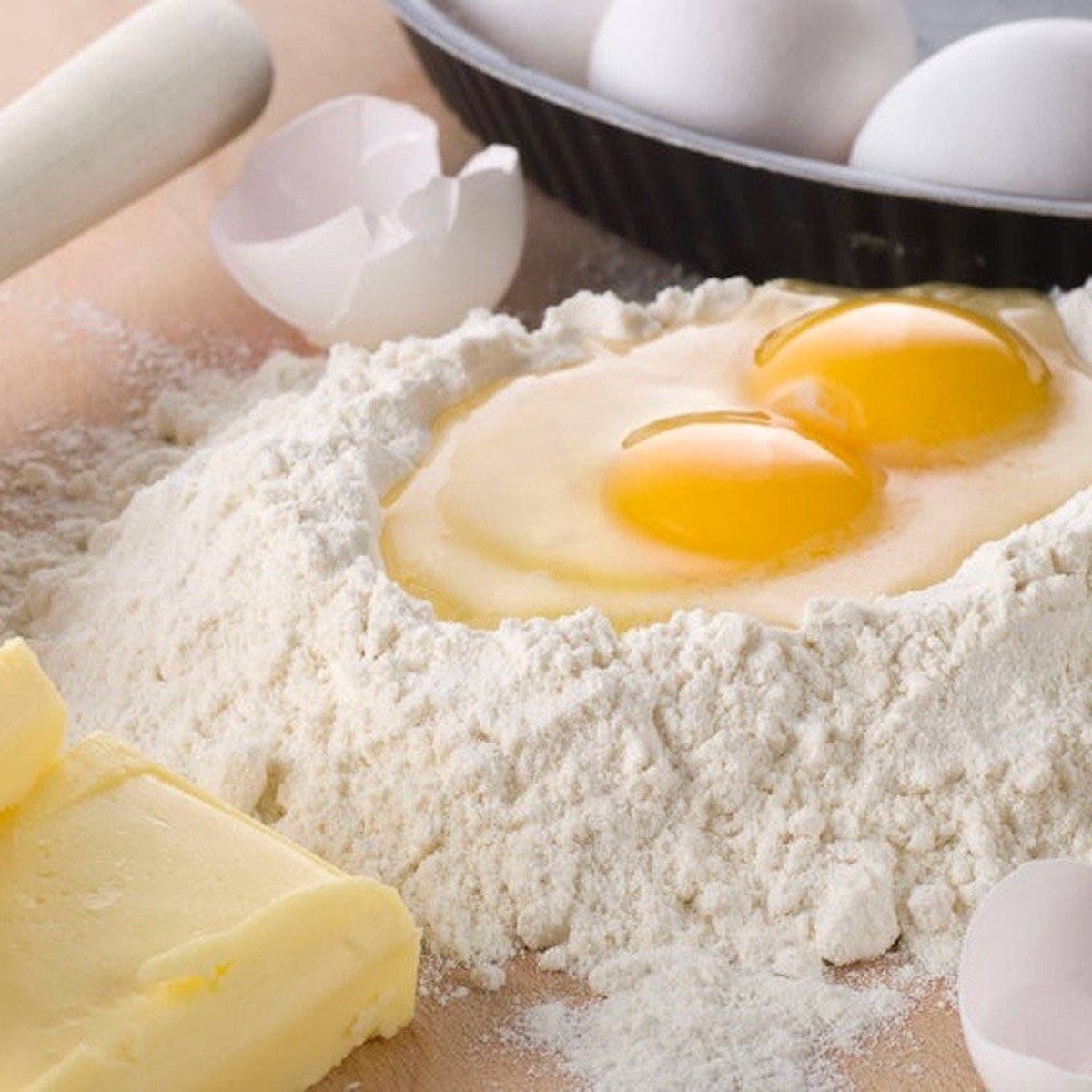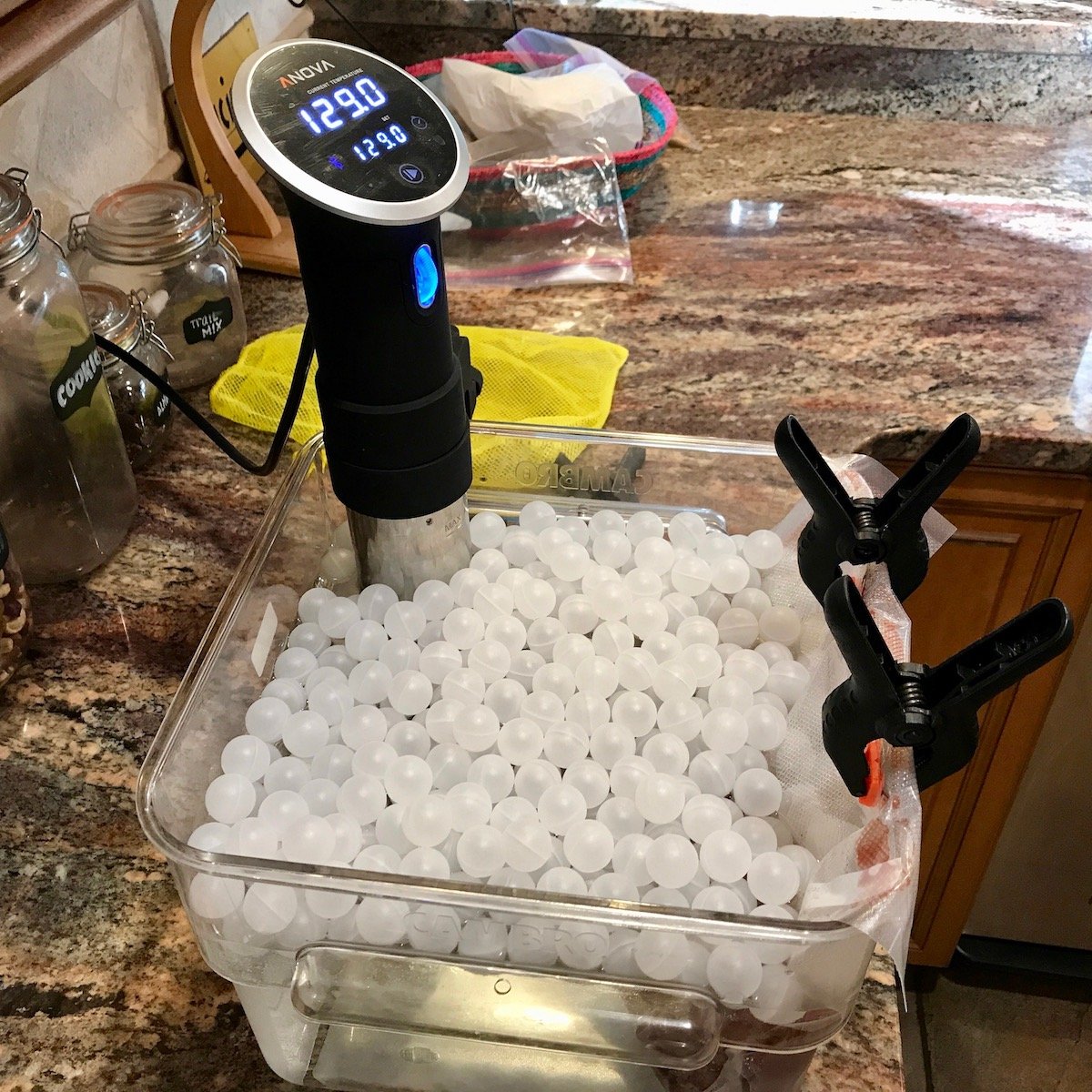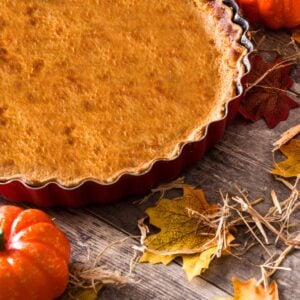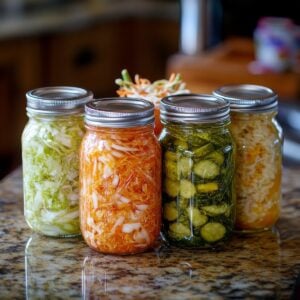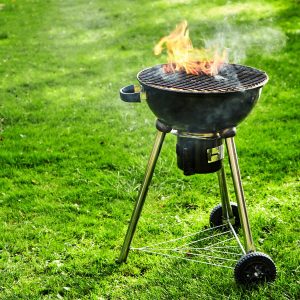Hard Boiled Eggs Made Easy: A Complete Cooking & Peeling Guide
Hard-boiled eggs are a kitchen staple—versatile, nutritious, and surprisingly easy to master once you find your preferred method. In this post, I explore every popular technique to help you achieve perfectly cooked eggs, whether you like a soft center or a firm yolk.
Start with the classic stovetop boil: eggs in cold water, brought to a boil, then left to sit covered. Or try the simmer-and-watch method, where you lower eggs into gently boiling water and time them precisely.
The Instant Pot delivers consistent results with minimal effort—just five minutes at pressure, then an ice bath. The air fryer offers a hands-off option: 270°F for about 15–17 minutes.
You can even bake them in the oven using a muffin tin at 325°F for 25–30 minutes. Some people swear by steaming eggs, which makes peeling a breeze.
Others drop them straight into boiling water for firmer whites. Whether you’re prepping for deviled eggs, a potato salad, or a quick protein snack, there’s a method here for you. Let’s crack into the details and boil some eggs, your way.
Ways to Hard Boil an Egg: Methods, Temps, and Timings
General Peeling Tips (Apply to Any Method)
Use older eggs: Fresher eggs cling to the shell; older eggs release more easily.
Ice bath immediately: Stops cooking and contracts the egg, making peeling easier.
Crack and roll: Tap and roll the egg on the counter to loosen the shell all over.
Peel under water: Running water or peeling in a bowl of water can help loosen stubborn shells.
| Method | Temperature/Setting | Time | Notes |
|---|---|---|---|
| Stovetop (Cold Start) | Cover eggs with cold water, bring to boil | Remove from heat, cover 10–12 min | Classic method; easy, but timing can vary by burner/pot |
| Stovetop (Boiling Start) | Boiling water | 9–10 min | Helps prevent green ring; trickier to time |
| Steamed Eggs | Steam over boiling water | 11–13 min | Very easy to peel |
| Instant Pot | High Pressure | 5 min cook + 5 min NPR + ice bath | Fast, consistent, peel easily |
| Air Fryer | 270°F (132°C) | 15–17 min | No water needed; timing varies by model |
| Oven Baked | 325°F (163°C) | 25–30 min | Use muffin tin for stability; yolk can be spotty |
| Sous Vide | 165°F (74°C) | 45 minutes | Incredibly consistent; eggs stay in shell |
| Egg Cooker | Built-in settings | Auto shutoff | Easiest for set-it-and-forget-it cooking |
Tips for Easier Peeling by Method
| Method | Tips for Easier Peeling |
|---|---|
| Stovetop (Cold Start) | Use slightly older eggs (7–10 days old), chill immediately in an ice bath for 5–10 minutes, then gently crack all over before peeling. |
| Stovetop (Boiling Start) | Lower eggs gently into already boiling water; this can help separate the membrane from the shell. Ice bath immediately. |
| Steamed Eggs | One of the best for easy peeling—steam for 11–13 minutes, then shock in ice water. Steam causes the egg white to contract away from the shell. |
| Instant Pot | Almost always results in easy-to-peel eggs. Use high pressure for 5 minutes, 5-minute natural release, then ice bath. |
| Air Fryer | Peel while still slightly warm after cooling just enough to handle. Full cooling helps, but shell may stick slightly more than with steam. |
| Oven Baked | Peels more easily if you crack the eggs slightly before chilling. Results vary—some say baking causes more sticking. |
| Sous Vide | After cooking, plunge into ice bath for 10+ minutes. Peel under running water. Some sous vide eggs are harder to peel due to consistent gentle heat. |
| Egg Cooker | Follow the included manual, but always finish with a strong ice bath. Many models yield easy-peel results automatically. |
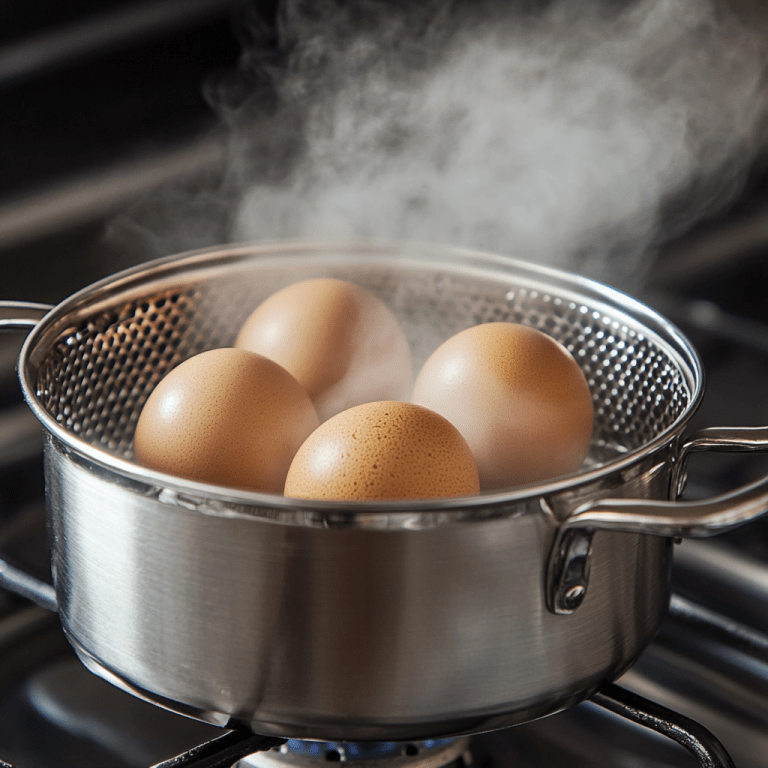
Everyday Ways to Use Hard-Boiled Eggs
| Category | Ideas |
|---|---|
| Snacks & Quick Bites |
|
| Salads |
|
| Sandwiches & Wraps |
|
| Breakfast & Brunch |
|
| Appetizers & Party Food |
|
| Cultural Dishes |
|
| Meal Prep |
|
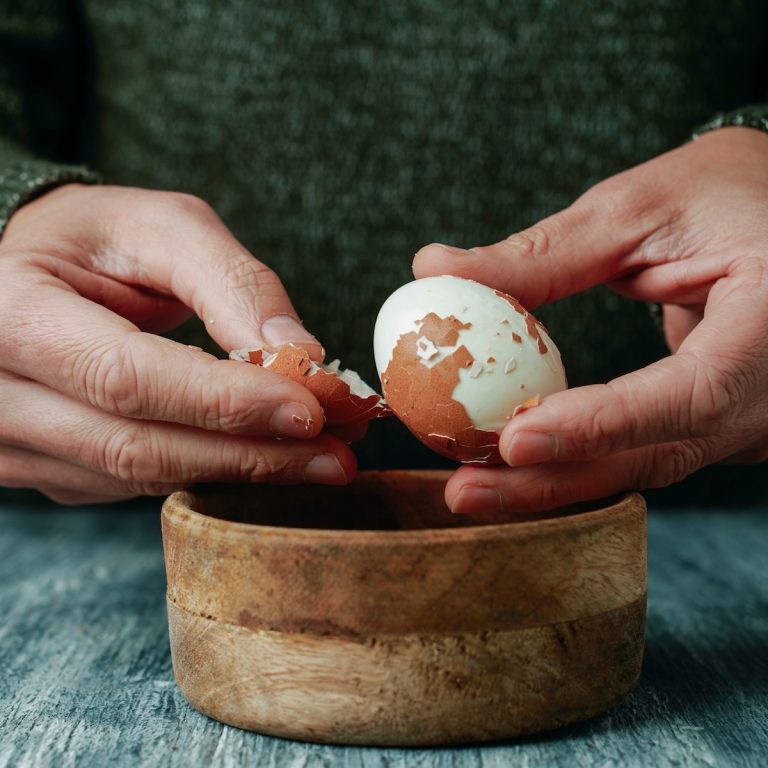
Hard Boiled Eggs Defined
A hard-boiled egg is an egg that has been cooked in its shell in boiling or near-boiling water until both the egg white and the yolk are fully set. Depending on how long it’s cooked, this results in a firm egg with a solid white and a crumbly or creamy yolk.
Hard-boiled eggs are typically cooked for 9 to 12 minutes after the water begins to boil. Overcooking can cause a greenish-gray ring to form around the yolk, which is harmless but often considered unappetizing.
These eggs are popular for their portability, high protein content, and versatility. They’re commonly used in dishes like egg salad, deviled eggs, potato salad, or enjoyed with a sprinkle of salt and pepper.
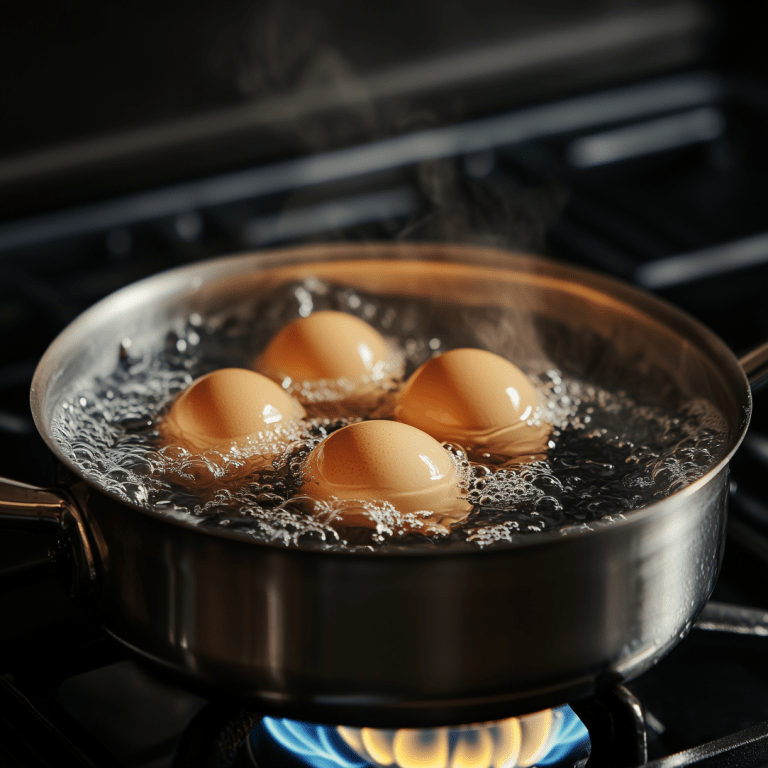
Egg Behavior in Water: What It Tells You
| Egg Position in Water | What It Means |
|---|---|
| Sinks and lays flat | Very fresh egg |
| Sinks and stands upright | Slightly older, still good for boiling |
| Floats | Likely old—air pocket has expanded due to aging, may be bad |
Why Do Eggs Float?
As eggs age, moisture evaporates and air seeps in through the shell’s pores, creating a larger air cell inside. This makes older eggs more buoyant.
A floating egg might still be safe to eat, but it’s a red flag, especially if it smells off after cracking. If you’re boiling eggs and one floats, it’s wise to set it aside and inspect it after cooking.

